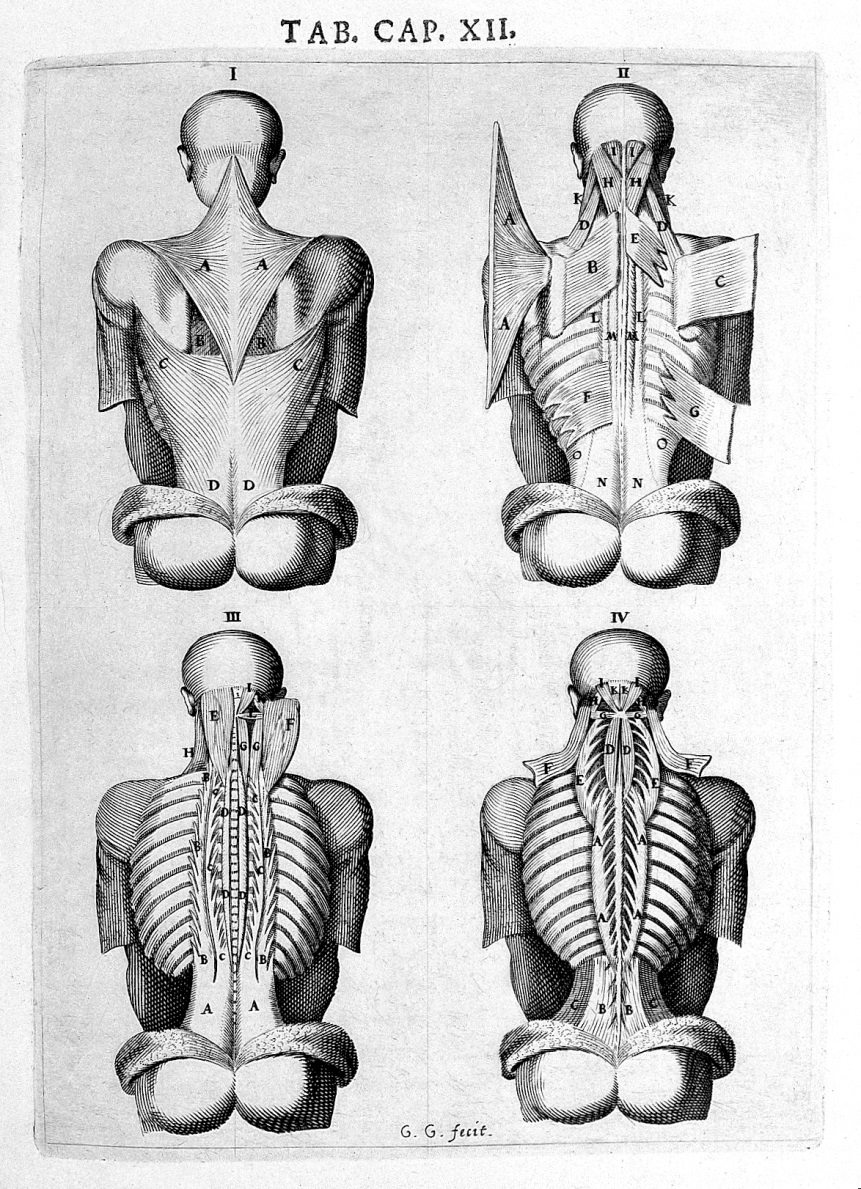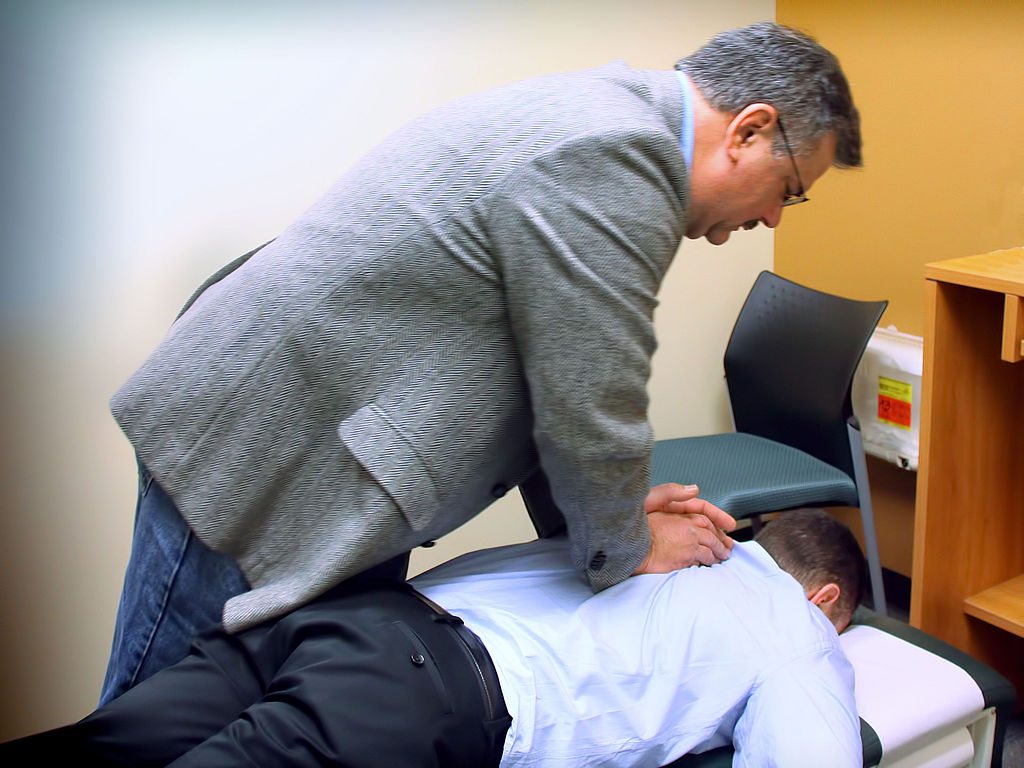Chiropractic: A Summary of Concerns
Although obscured by controversy, there is evidence to indicate that spinal manipulation can be as effective as conventional treatment methods in relieving low-back pain.1,2,3,4 This grain of truth mixed with chiropractic vertebral subluxation theory that encompasses a broad scope of ailments makes it difficult for the average person to distinguish between appropriate and inappropriate use of manipulation by chiropractors. A person who...
Following the Guidelines of Science: A Chiropractic Dilemma
Preamble: When my book Bonesetting, Chiropractic, and Cultism [full text] was published in 1963, renouncing chiropractic vertebral subluxation theory and recommending that chiropractic be developed as a subspecialty of medicine in the treatment of mechanical-type back pain, the chiropractic profession refused to acknowledge or review the book. I was labeled “an enemy of chiropractic.” If it had not been for the support...
Chiropractic gimmickry
[Editor’s Note: Today, we have a guest post from Sam Homola, who, as you recall, practiced as a chiropractor until he ultimately realized that there is no evidence that subluxations exist. Since then, he’s discussed in various places, including, we are pleased to say, SBM, his skepticism regarding chiropractic. Enjoy!] Much has been written (and published on this site) about the implausibility...
Low-Back Pain: Causes, Care, and Consequences
Low-back problems are one of the most common reasons for visits to doctors’ offices and the most common cause of disability among persons under the age of forty five. Most of the time, acute low-back pain is the result of simple strain and is a self-limiting condition that will resolve in four to six weeks, with or without treatment. But since back...

Subluxation Theory: A Belief System That Continues to Define the Practice of Chiropractic
Chiropractic as a profession is defined by the subluxation theory, the unfalsifiable belief that disease is caused by impaired nerve flow. No proof exists for this theory, and likely never will.

The Image of Chiropractic: Consensus Based on Belief
EDITOR’S NOTE Today is a big grant deadline for me; at 5 PM EDT, the grant is due. As a consequence of working on my grant application into the wee hours of the morning last night, I didn’t have a chance to write my usual bit of logorrhea of the sort that I’ve laid down each and practically every Monday for the...

Chiropractic Vertebral Subluxations: Science vs. Pseudoscience
A 1997 publication by the Foundation for Chiropractic Education and Research, supporting the vertebral subluxation theory, noted that “…we [chiropractors] have successfully distanced the concept of a chiropractic subluxation from that of an orthopedic subluxation.”1 When discussing “subluxations” or misaligned vertebrae, however, chiropractors often fail to point out the difference between an orthopedic subluxation and a chiropractic subluxation. Reference to subluxations in...
Pediatric Chiropractic Care: Scientifically Indefensible?
In a paper published in 2008, two academic chiropractors offered this observation: “The health claims made by chiropractors with respect to the application of manipulation as a health care intervention for pediatric health conditions continue to be supported by only low levels of scientific evidence. Chiropractors continue to treat a wide variety of pediatric health conditions.”1 Despite lack of support by the...
Science-based Chiropractic: An Oxymoron?
I spent 43 years in private practice as a “science-based” chiropractor and a critic of the chiropractic vertebral subluxation theory. I am often asked how I justified practicing as a chiropractor while renouncing the basic tenets of chiropractic. My answer has always been: I was able to offer manipulation in combination with physical therapy modalities as a treatment for mechanical-type back pain—a...
Neck Manipulation: Risk vs. Benefit
While manipulation of any kind has the potential to cause injury, stroke caused by neck manipulation is of greatest concern. Risk must always be weighed against benefit when upper neck manipulation is considered. Risk of stroke caused by neck manipulation is statistically low, but the risk is serious enough to outweigh benefit in all but a few rare, carefully selected cases. When...

